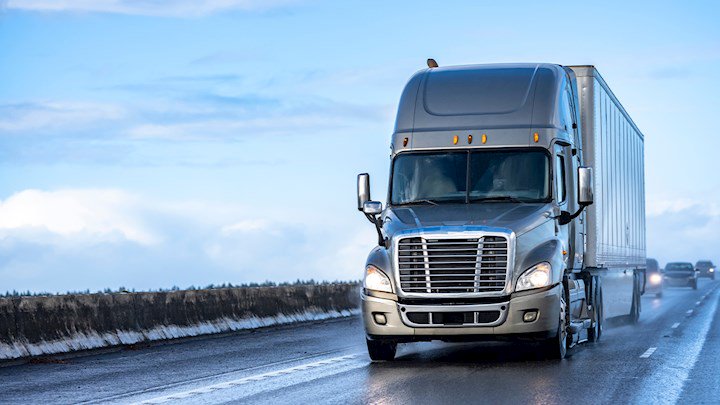Trucks are an essential part of many businesses, whether they're used for deliveries, hauling materials or simply getting from point A to point B. But if you're not careful, you could be leaving yourself exposed to significant financial risk if your truck is underinsured.
It happens more often than you might think. A company working hard to improve its profit margins decides to skimp on insurance. While this strategy might seem like a good way to save money, it can actually cost many companies their profit margins in the long term.
The problem is that accidents are bound to happen. Whether your client works with just a few small vehicles or an entire fleet of commercial trucks, at some point they'll be involved in a collision. That's when you want to know you won't lose money on the crash.
The problem with underinsuring a vehicle is that you might not even know you're doing it. One of the hardest parts of managing a commercial fleet is keeping up with the extremely varied risks that each vehicle presents. Larger fleets often employ mechanics and have a defined system in place to make sure that management is up to date on issues with all their trucks. But smaller companies often can't afford a system and are stuck with doing it manually. Sometimes drivers are asked to check trucks and keep the company up to date, but this approach can lead to faulty data.
The key is keeping up with the status of your fleet and not falling behind. This type of data can be very hard to flag once it has already been missed. You can do a few things to keep up with the coverage you need and make sure that none of your vehicles ends up undercovered again.
Review Your Coverage
First, you need to know where you currently stand. If your fleet is already insured, you need to periodically check the coverage on your trucks. It's important to regularly go over your fleets' insurance coverage with your insurance agent.
Make sure to provide your agent with all the up-to-date and necessary details, including the make and model of the trucks, their age and how they're being used. This information allows agents to assess your risk and make sure your trucks are adequately covered.
Consider Higher Limits
Once you've reviewed your coverage, weigh the possibility of increasing your limits. You might increase your liability coverage for medical bills, property damage and legal costs as well as increasing your collision and comprehensive coverage.
All these risks can quickly run into tens of thousands of dollars, and you need to be sure your policies cover everything that could possibly happen to your vehicles and drivers. Health and safety are most important, and there's no excuse for being unable to cover the bills that a driver may incur.
Get Gap Coverage
Many commercial transportation companies don't buy all their vehicles outright. When entrepreneurs start businesses, they don't always have the capital to own their whole fleet, and so might lease trucks. If the amount you owe on a truck isn't included in the insurance policy that covers it, you might be on the line for the rest of that money.
Gap coverage offers a solution to that problem. This type of insurance covers the difference between the value of your truck and the amount you owe on it. This coverage is especially important if you're financing your truck and will ensure that you're not stuck with a large bill if one of your vehicles is totaled.
Keep Track of Your Fleet's Value
Vehicles don't last forever, and their value drops over time with use and wear. A fleet's value will depreciate over time, so it's important to keep track of the current value. If you can keep accurate data on the current value of each of your trucks, you'll have a much easier time knowing for how much to insure them. If you know their value, you'll be in a better position to get a great deal on insurance coverage.
Implement a Strong Safety Regime
The more safely your drivers drive, the less insurance you'll need. This translates to more savings down the line and can keep your premiums down.
As a manager, you can encourage safe driving in many ways. First, you want to create a workplace culture that doesn't reward dangerous driving habits. For example, sending your drivers out to complete tasks for a set amount of money can encourage them to drive more quickly and with less regard for safety. On the other hand, hourly wages can encourage drivers to take their time, making sure they aren't rewarded for reckless behavior.
You can also consider driving cameras and dashcams. These devices monitor driver behavior and keep dangerous driving to a minimum.
Fully insuring your client's fleet of vehicles for commercial use is one of the most important things you can do to reduce risk in a transportation business. While many companies take this aspect of commercial transportation for granted, it's essential to the long-term viability of these types of businesses. Above all, your client will want to have a system in place that tracks the condition of their trucks and keeps up with changes in their unique business model. If they can do that, you can work out the rest of the details.




